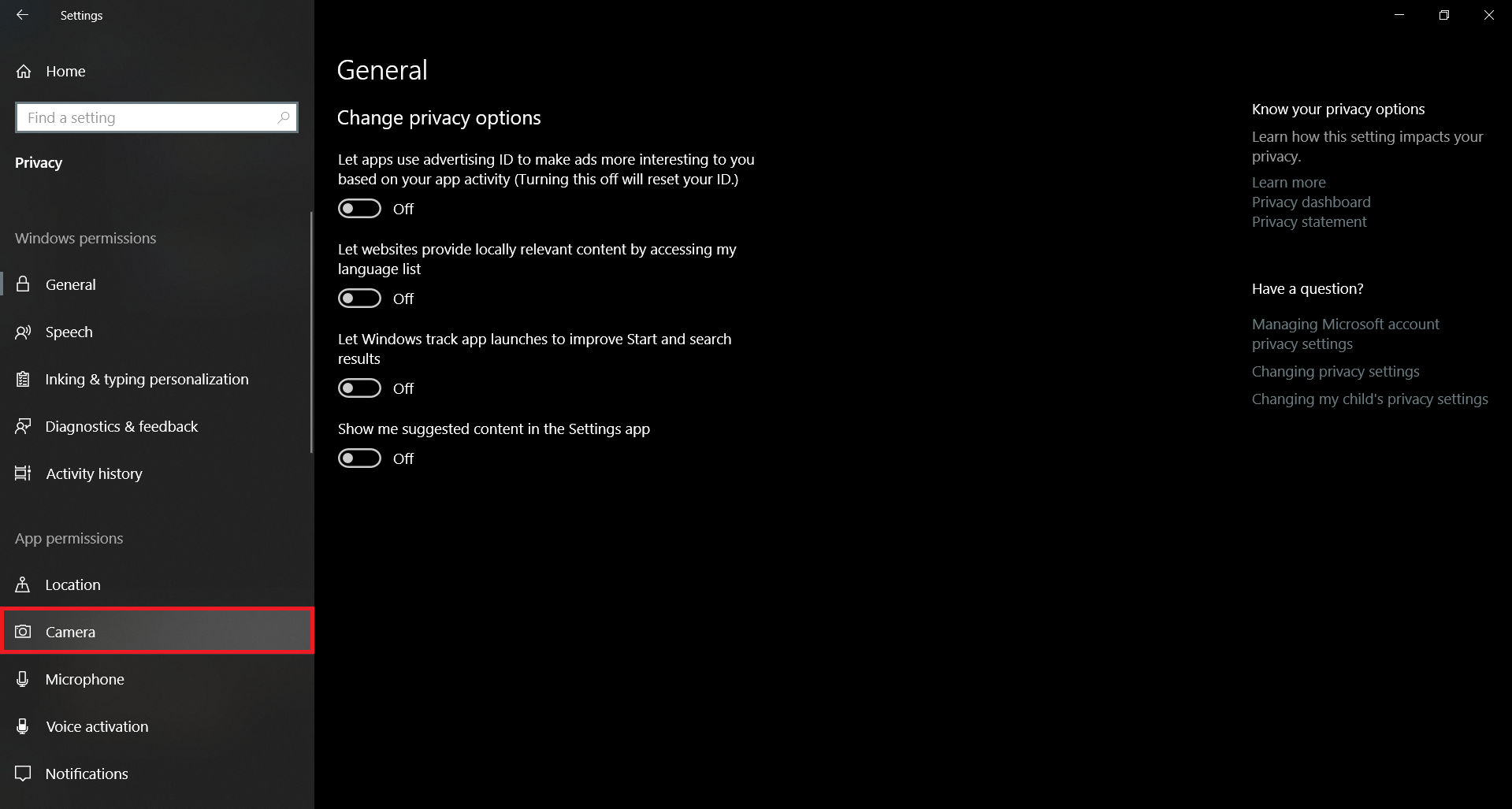- Add Permissions To App Mac Safari 2017
- Add Permissions To App Mac Safari Drive
- Add Permissions To App Mac Safari Drive
If you have upgraded to Safari 12 by then, you will need to install the AdBlock app from the Mac App Store. If you're still using Safari 10 or 11, you can either install the AdBlock app from the Mac App Store or install the self-hosted extension. If you're still using Safari 9 or earlier, you will need to install the self-hosted extension. In the Safari app on your Mac, choose Safari Preferences, then click Websites. On the left, click the setting you want to customize—for example, Camera. Do any of the following: Choose settings for a website in the list: Select the website on the right, then choose the option you want for it. Program Roles. When you enroll in the Apple Developer Program, Apple Developer Enterprise Program, or iOS Developer University Program, you automatically become the Account Holder for your membership. If you’re enrolled as an organization, you have the option of adding additional members to your team. The role you assign them controls access to the development and distribution tools included.
Safari Extensions are add-ons that work within Apple’s Safari web browser to add functionality not found in the basic browser. In the past, selecting Safari > Safari Extensions pointed users to a web page filled with extensions to browse, select and install. Apple has now added a link to that web page (see screenshot above) that points to a new area in the Mac App Store where you can now look for extensions, try or buy them, and install them with a click.
Related: How to Install, Manage, Delete Safari Extensions on a Mac
The Safari Extensions page in the Mac App Store looks like any other app page, but all of the “apps” are specifically designed to work within Safari. Not all extensions that have been developed or available over the years are on this page, as it appears that Apple might be working with developers to improve both the quality and marketability of extensions. Many extensions were free in the past, but a look at the Mac App Store listing shows that a number of the listed extensions are for-purchase or can be tried and then activated with an in-app purchase (see image below).
(The new Safari Extensions page in the Mac App Store.)The new Mac App Store page may be a way for Apple to expose more Mac users to the benefits of Safari Extensions. The next logical step would be for Apple to include Safari Extensions as a category in the store.
Be Sociable, Share This!
OWC is on-site wind turbine powered at 8 Galaxy Way, Woodstock, IL 60098 | 1-800-275-4576 | +1-815-338-8685 (International)
All Rights Reserved, Copyright 2018, OWC – Since 1988

Add Permissions To App Mac Safari 2017
Add Permissions To App Mac Safari Drive
Safari User Guide
Add Permissions To App Mac Safari Drive
In the Safari app on your Mac, use Websites preferences to customize how you browse individual websites. To change these preferences, choose Safari > Preferences, then click Websites.
The settings you can customize (such as Reader and Content Blockers) are listed on the left.
To apply a setting to a website on the right, first select the setting, then choose the option you want from the pop-menu next to the website.
Option | Description | ||||||||||
|---|---|---|---|---|---|---|---|---|---|---|---|
Reader |
| ||||||||||
Content Blockers |
| ||||||||||
Auto-Play |
| ||||||||||
Page Zoom | Choose a percentage of zoom to make text and images on the site easier to see. | ||||||||||
Camera |
| ||||||||||
Microphone |
| ||||||||||
Screen Sharing |
| ||||||||||
Location |
| ||||||||||
Downloads |
| ||||||||||
Notifications |
| ||||||||||
Pop-up Windows | Block pop-up windows that appear when you open or close a webpage.
Note: Some websites use pop-up windows for essential content. | ||||||||||
WebGL |
The WebGL setting appears only for computers on which WebGL may present a security risk. If the setting doesn’t appear, the site can show WebGL content. | ||||||||||
Plug-ins | Safari supports the plug-in for Adobe Flash Player but no longer supports other plug-ins. The Plug-ins setting appears only if you have the Adobe Flash Player installed. Websites use plug-ins for video, animation, or other special content. Some plug-ins may track your browsing history. To disable a plug-in, deselect the checkbox to the left of the plug-in’s name. If a plug-in isn’t listed, see If a plug-in is missing. For each website, choose the option you want:
For more security options, hold down the Option key, click the pop-up menu, then choose a policy:
| ||||||||||
Currently Open Websites | Websites that are open in a window or tab in Safari. You might have previously chosen an option from the pop-up menu for some of these websites. | ||||||||||
Configured Websites | The list of websites you’ve customized. If you don’t see Configured Websites, either you haven’t customized a website yet, or you’ve cleared the list. | ||||||||||
Remove | Remove the selected website from the list of configured websites. | ||||||||||
When visiting other websites | To apply a setting to any website that you haven’t already chosen a setting for, click this pop-up menu, then choose the option you want. To apply a setting to all websites, make sure no websites are listed under Configured Websites (to clear the list quickly, select the websites, then click Remove). Then click this pop-up menu and choose the option you want. | ||||||||||